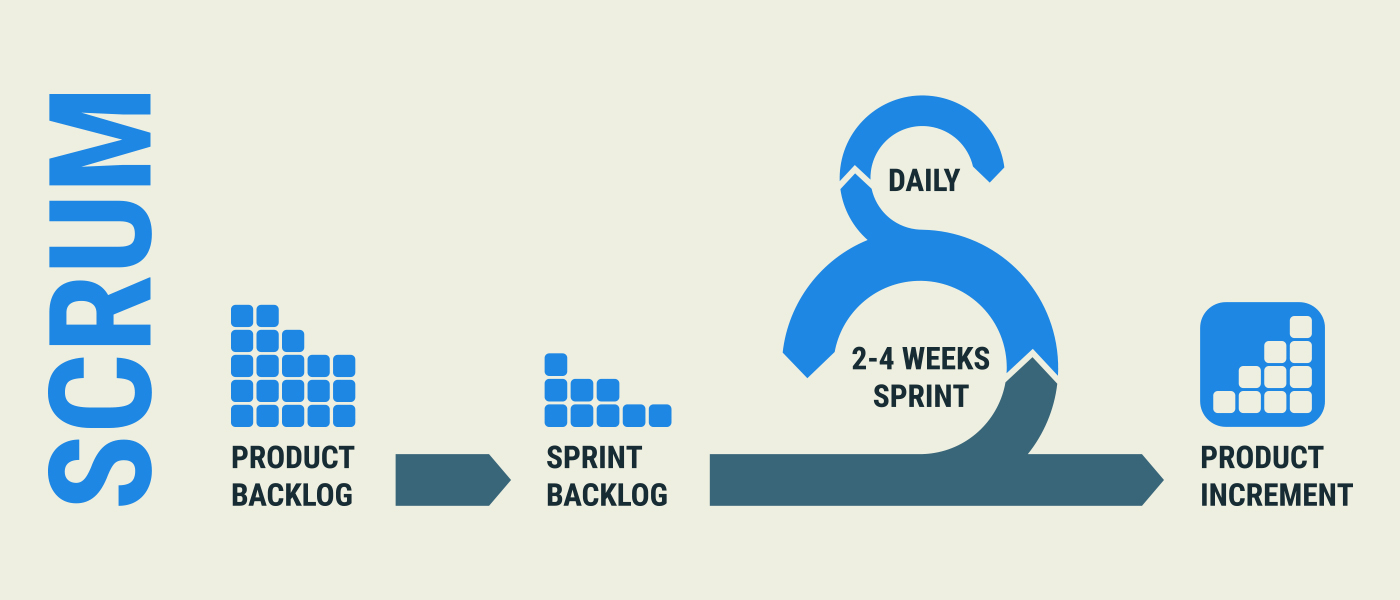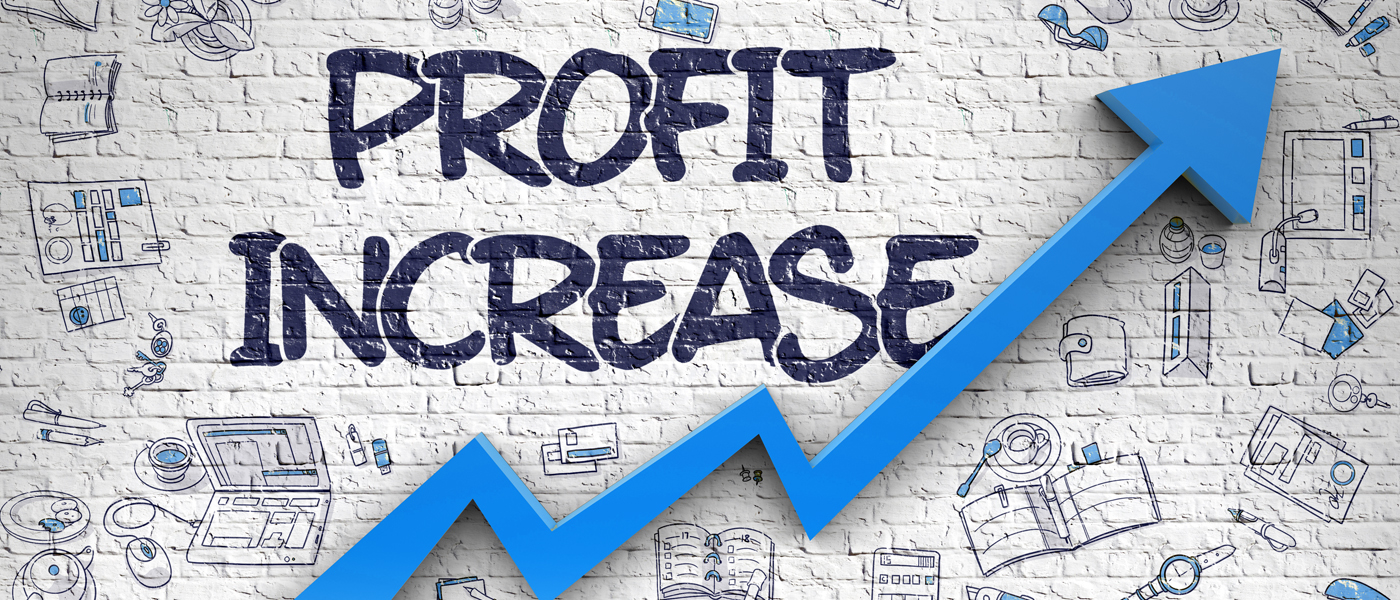First created for use in software development, Scrum Development methods have taken the business world by storm. But what makes this framework so innovative? In this article, we will examine this methodology and learn when Scrum Development is applicable.

What is Scrum?
Scrum is a development process that relies on customer satisfaction and the delivery of usable products through collaboration. A team-based system, Scrum Development emphasizes the ability to adapt in the face of changes in customer requirements and takes an iterative approach that focuses on accountability to produce functional products within a limited time frame.
Scrum Roles
At the top of the pyramid is the Product Owner. This is the person with the big picture of product requirements and market placement as well as continually interacting with other shareholders and keeping the Scrum Master motivated and on track.
The Scrum Master organizes the meetings, guides the team and deals with challenges and changes in product requirements. The Scrum Master also interfaces with the Product Owner to ensure that the project will reach completion within the desired timeframe.
At the heart of the Scrum Development process is the Scrum Team. Made up of five to seven employees, Scrum Team members work collaboratively in a process that prioritizes achieving goals rather than assigning specific roles like the designer, programmer, etc.
Scrum Workflow
The Scrum Workflow is an iterative process made up of a series of distinct steps. The product backlog is the list of requirements for a project that must be produced before the development process can begin. The product backlog is generated through user stories and collaboration and forms the framework for Scrum Development.
The sprint is the base unit of time within scrum development—usually between 7 and ten days—and the sprint planning phase is when high priority requirements are designated, and the list of achievable goals for each sprint is produced.
A 15-minute standing meeting known as the Daily Scrum takes place where issues of development are discussed. These meetings are used to ensure that team members stay on track.
After each sprint, a review meeting is held to present the work completed during the preceding period as well as update the process if user requirements have changed.
After the entire process, a Sprint Retrospective is held to reflect on the process, recognize successful aspects, and identify areas for improvement in the next Scrum Development process.
When Should You Apply Scrum Development?
The Scrum Development method is better suited for complex projects where a concrete end product is not easily identified. This method is perfect when only a partial picture of a product is available, or perhaps merely a collection of user requirements and features, allowing the team to fill in the gaps and produce a final product through the collaborative process.
Adapt Solution are experts in all areas of Scrum development methods. To find out more about our company, and how we can help your business, please click here. Alternatively, to know more about the services we offer, please visit our Services page by clicking here.





